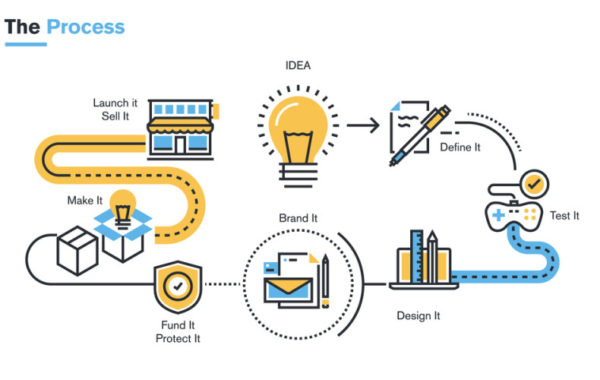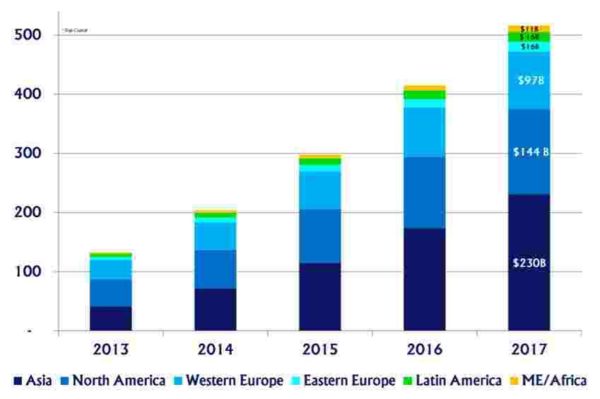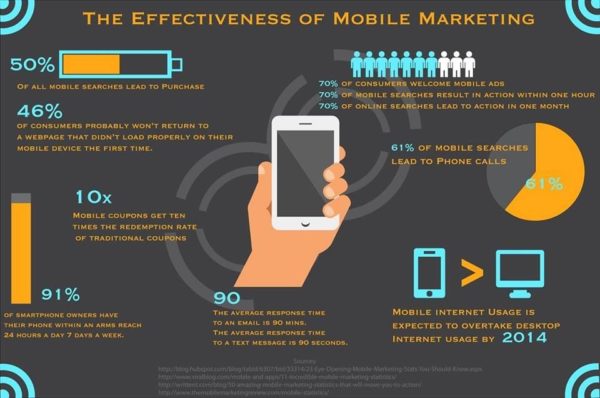Marketing agencies have become indispensable partners for businesses seeking to elevate their brand, boost website traffic, and drive revenue growth. In the digital era, where consumers reside predominantly online, the role of marketing agencies has gained even more prominence. While partnering with a marketing agency entails an investment, when executed effectively, it can yield substantial returns. In this article, we delve into the intricacies of marketing agency costs, spending, and offer valuable tips for calculating your marketing expenses.

Defining a Marketing Agency
A marketing agency is a versatile entity that provides a wide array of services aimed at assisting businesses in promoting their products, services, or brand. These services encompass an array of tactics such as search engine optimization (SEO), social media marketing, email marketing, video marketing, content marketing, and web design and development. The ultimate goal is to enable businesses to reach their target audience, enhance website traffic, augment brand awareness, and drive tangible sales and revenue growth.
Exploring the Diverse Agency Landscape
Marketing agencies manifest in various forms, each possessing unique strengths and services. Some agencies specialize in specific domains, such as social media marketing or SEO, while others offer comprehensive marketing suites. Choosing an agency that aligns with your business goals and industry experience is of paramount importance.
Understanding the Agency Workflow
Marketing agencies typically engage with businesses on a project or retainer basis. Initially, they invest time in comprehending your business, existing marketing strategies, and objectives. Subsequently, they tailor a personalized marketing plan with specific tactics and timelines.
Once the plan is in motion, agencies implement the outlined tactics, such as launching a new website, curating engaging social media content, or executing an email marketing campaign. Throughout the process, agencies meticulously monitor and analyze campaign performance, making adjustments to achieve the desired outcomes.
Deciphering the Optimal Marketing Budget
The ideal marketing expenditure varies based on industry, business size, and marketing goals. As a general guideline, businesses should allocate around 7-8% of their revenue towards marketing. However, businesses aiming for rapid growth or in the initial stages may require an increased marketing spend to achieve their objectives effectively.
Deconstructing Marketing Agency Costs
Marketing agency costs encompass a broad spectrum and depend on the project’s scope and required services. Agencies commonly adopt pricing models such as hourly rates, monthly retainers, or project-based fees. Hourly rates can range from $100 to $300 or more, contingent on the agency’s expertise and location. Monthly retainers typically start from a few thousand dollars and can extend into tens of thousands, depending on campaign complexity and service levels.
Calculating Your Marketing Costs
To calculate your marketing costs accurately, identify your marketing goals and specific tactics necessary to achieve them. Research agencies aligned with your requirements, requesting quotes or proposals that consider factors like expertise, track record, industry experience, and level of service. While cost is essential, consider the agency’s understanding of your industry, past successes, and ability to provide tailored strategic insights and creative solutions.
Investing in Success
Partnering with a marketing agency represents a sound investment in your business’s growth and triumph. By entrusting your marketing endeavors to seasoned professionals, you tap into their expertise, skills, and industry insights to generate substantial outcomes. It is vital to carefully assess your goals, budget, and agency proficiency to ensure a fruitful partnership.
Concluding Thoughts
Marketing agencies serve as pivotal catalysts for business success in the fiercely competitive digital landscape. By grasping the intricacies of marketing agency costs and spending, you can make informed decisions and craft effective marketing strategies. Whether you are contemplating your first agency partnership or reassessing existing collaborations, meticulous consideration of your objectives, budget, and the agency’s expertise will pave the way for substantial returns and long-term triumph.












